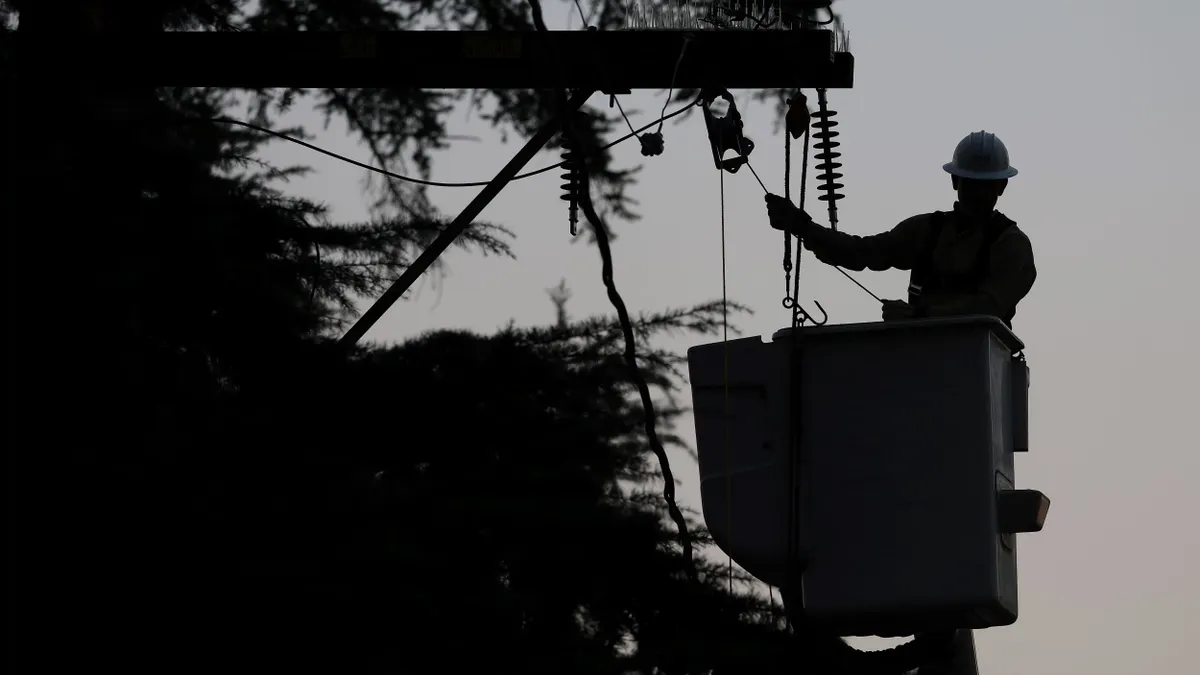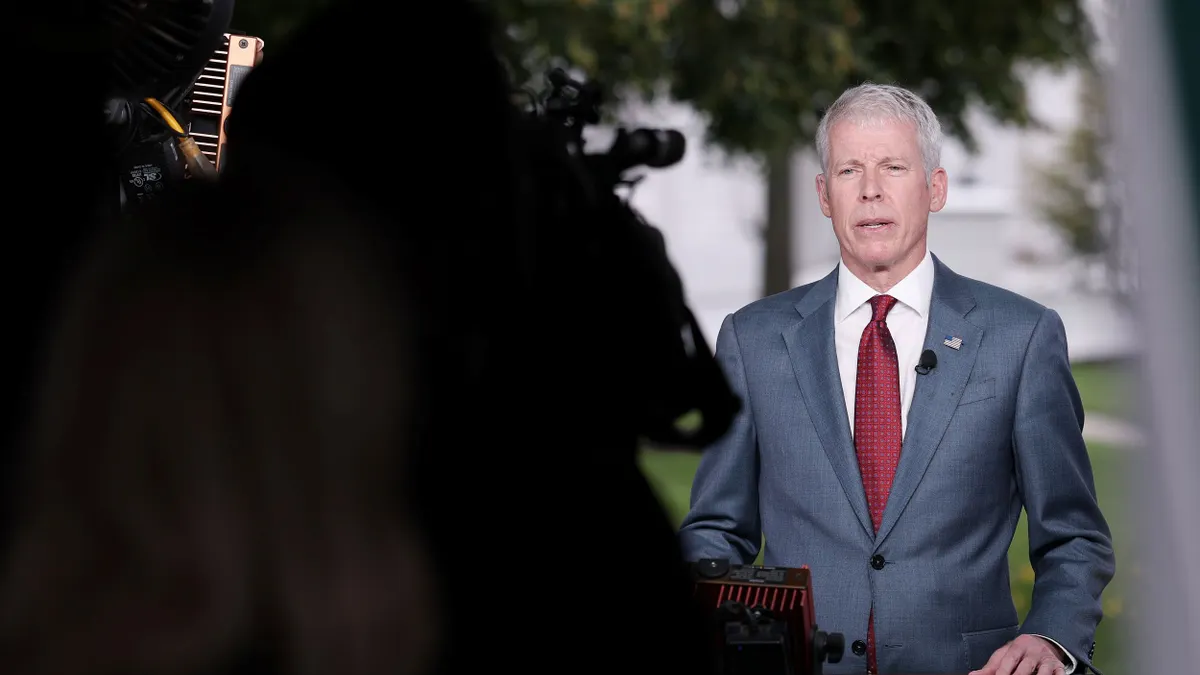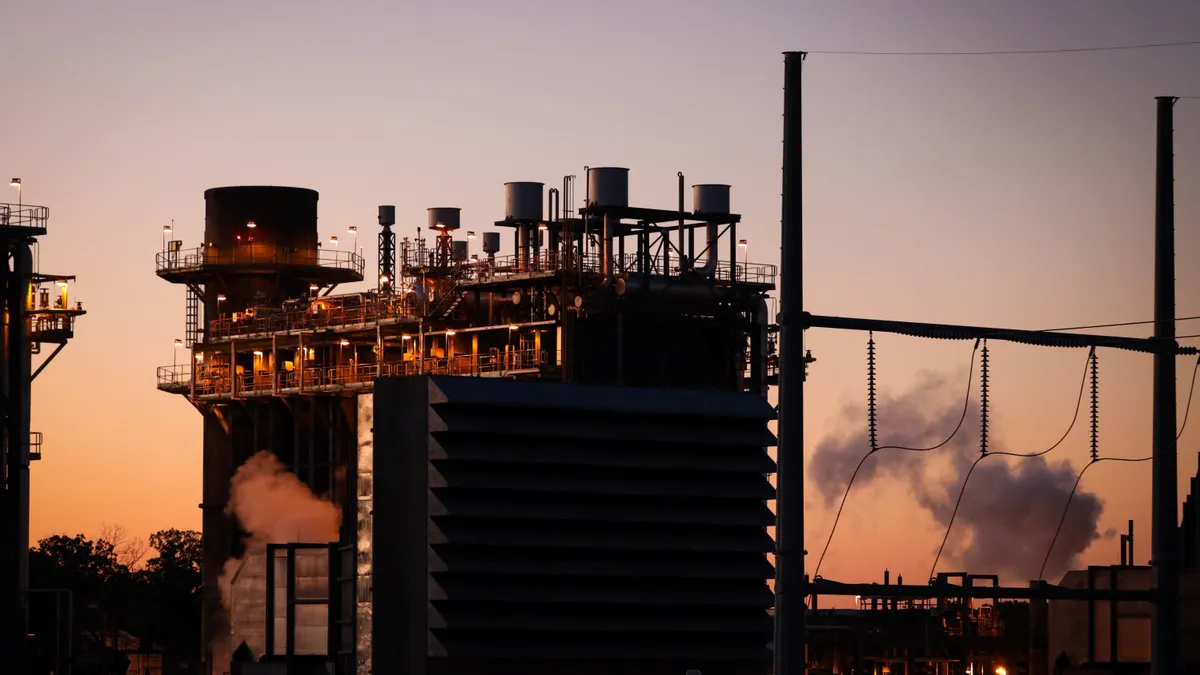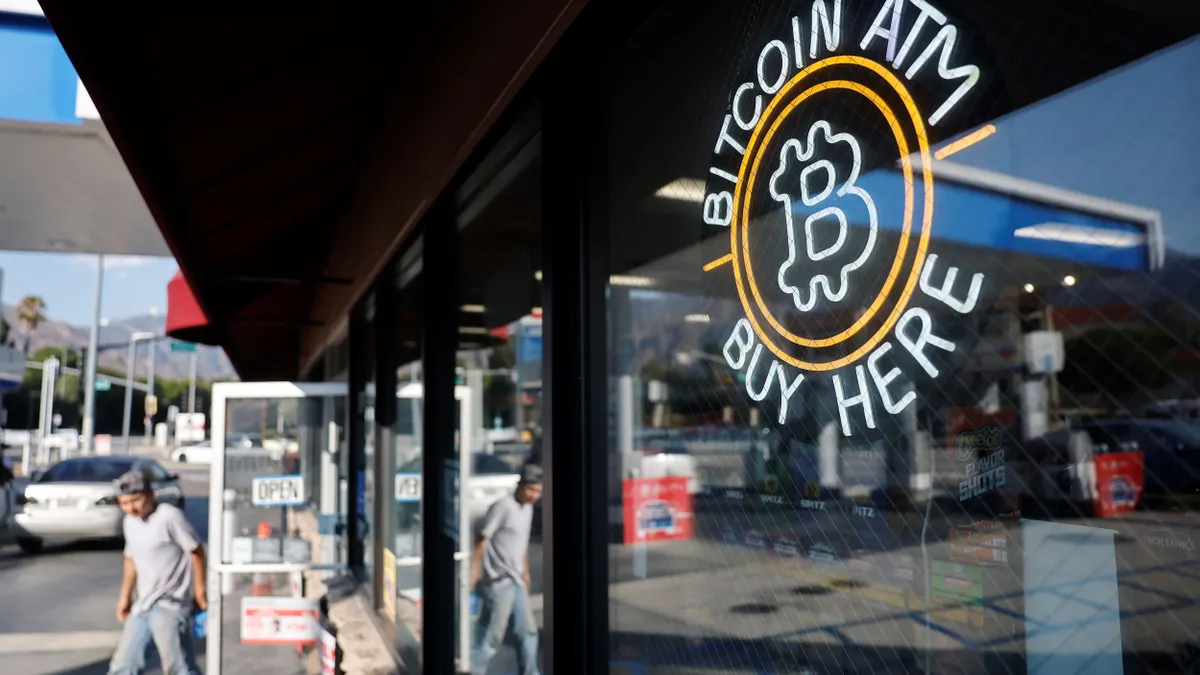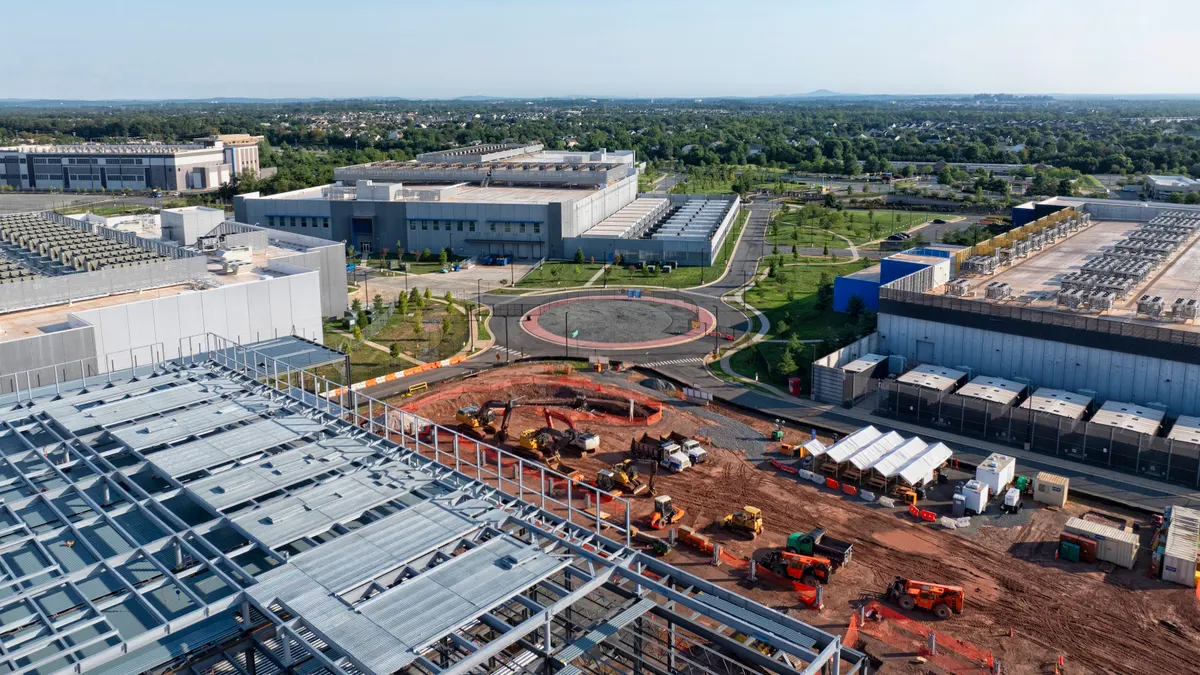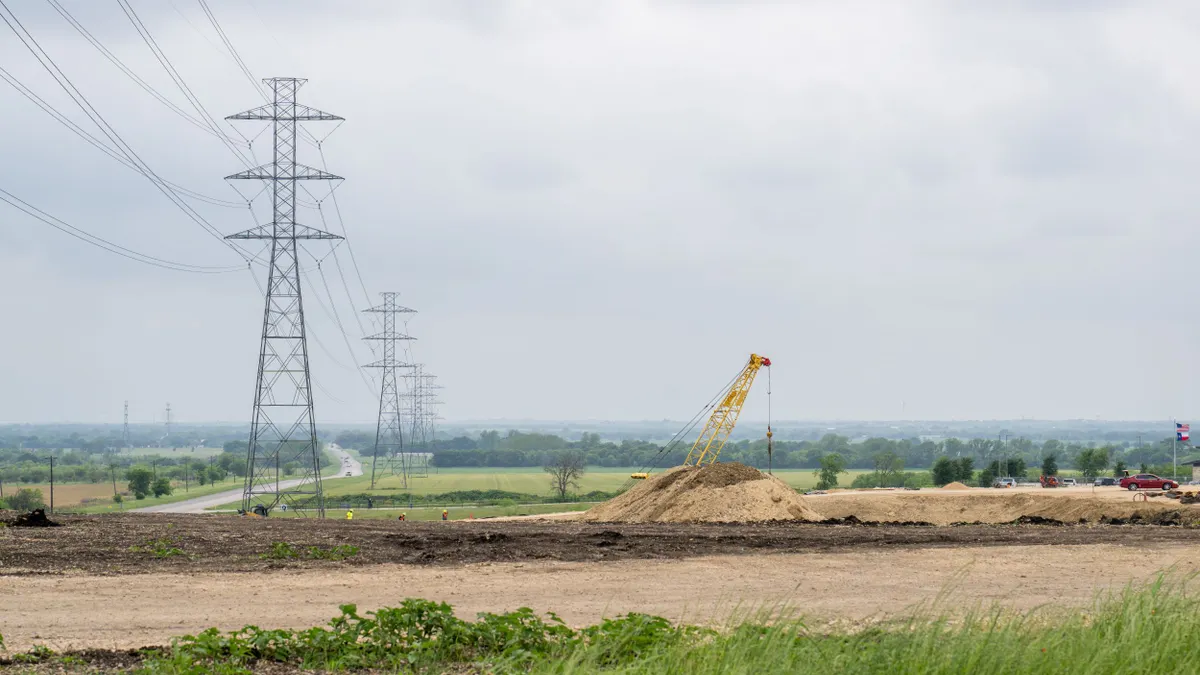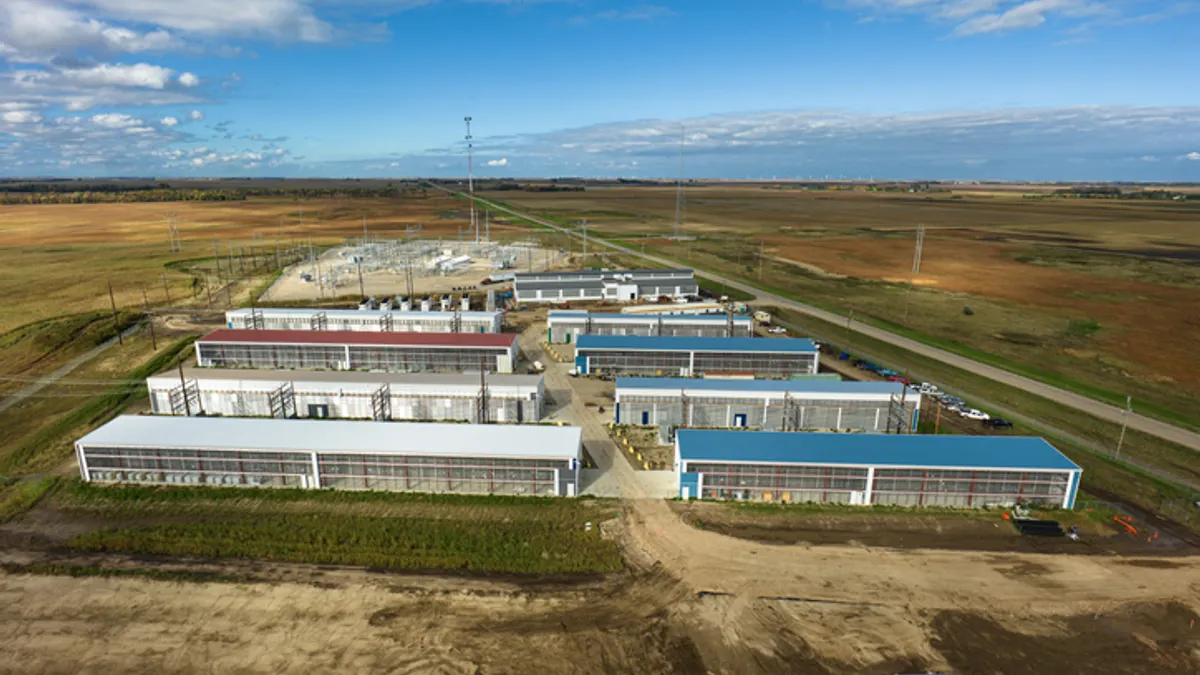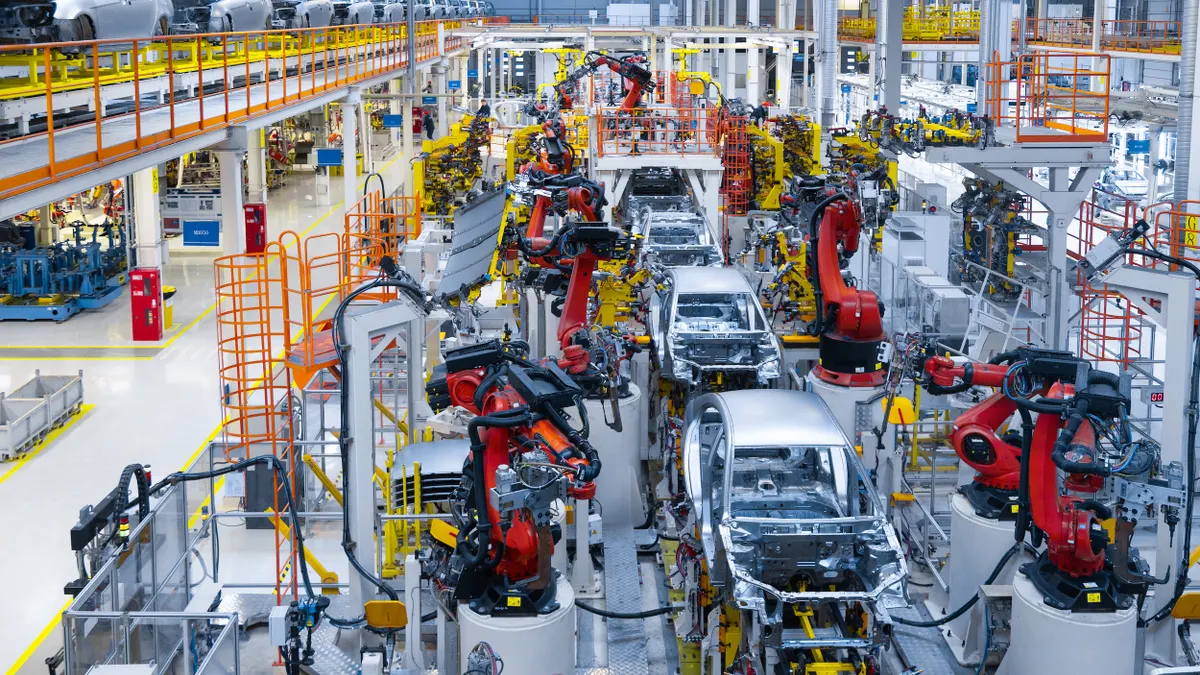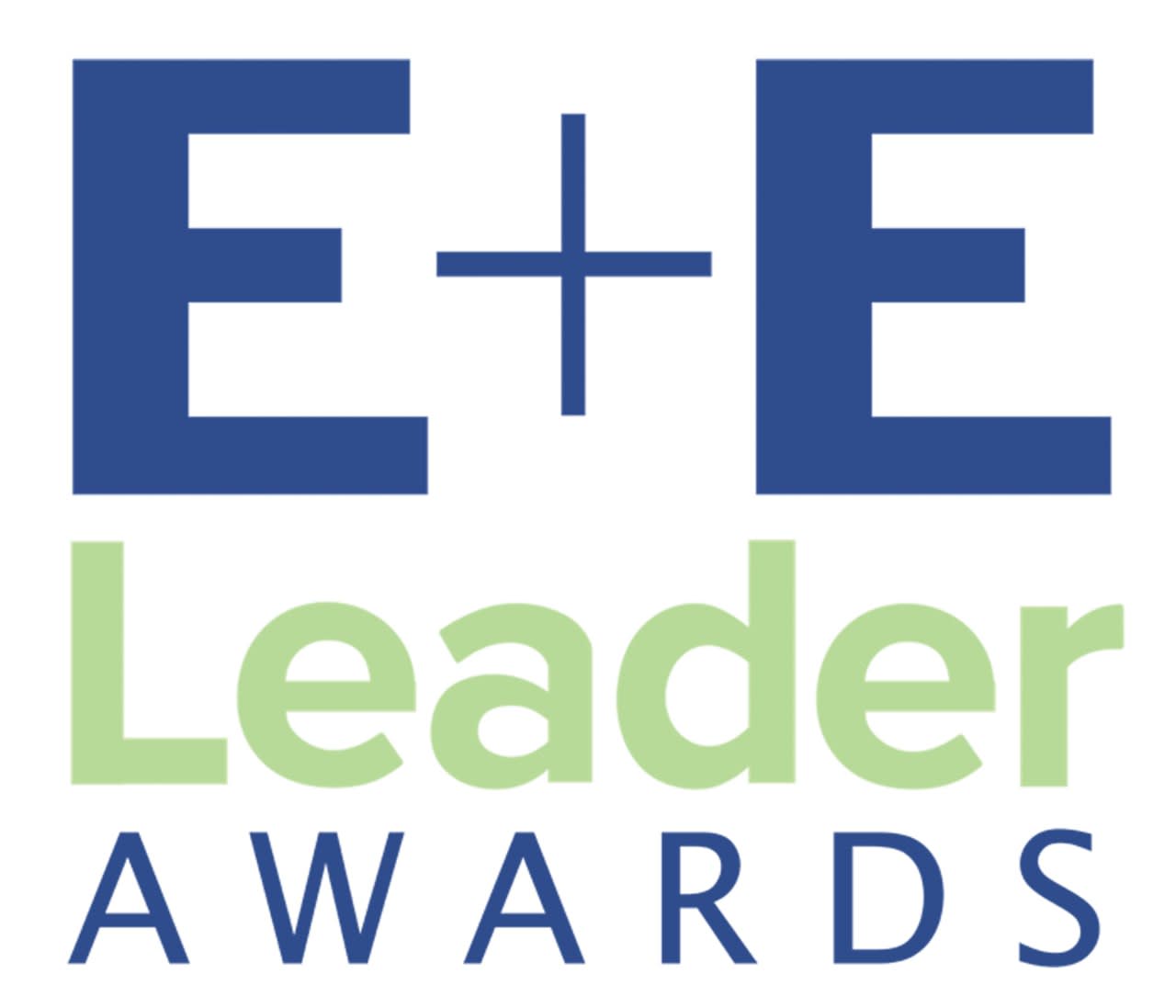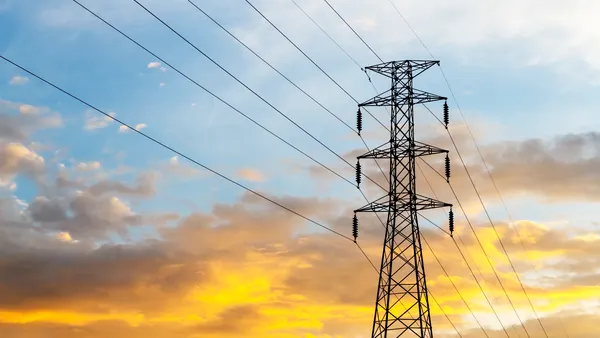Dan Helman is CEO of Think Power Solutions.
Utilities are standing on the edge of a workforce cliff. Veteran lineworkers are retiring in droves just as digital tools, from AI-driven inspections to GIS dashboards, become mission-critical. The skills gap isn’t theoretical; it’s showing up every day on job sites and in control rooms.
Encouragingly, utilities are taking notice. Industry leaders are stepping up as 85% of employers globally plan to prioritize workforce upskilling through 2030.
For those of us who’ve spent decades in utility field operations, the challenge is clear: How do we retain the experience of veteran workers, adapt to emerging technologies and prepare a new generation of talent to keep our grid safe and reliable?
There’s no silver bullet, but there are proven strategies utilities can adopt to close the skills gap before it becomes a reliability crisis.
Why upskilling experienced workers must come first
I’ve been part of many conversations where workforce transformation focuses heavily on bringing in new talent. That’s important, but it misses the opportunity staring us in the face.
The veteran workers already in the field are an irreplaceable asset. They know the quirks of aging infrastructure, understand regional load behavior and have lived through real emergencies. These are the people who know what to do when SCADA goes offline or when restoration depends on instinct as much as protocol.
Experienced field workers have the expertise, but too often utilities fail to provide them with the necessary training or tools to keep up. Today’s operations aren’t just clipboards; they involve GIS dashboards, drone feeds and AI-assisted analysis. If we don’t invest in upskilling experienced crews, we risk creating two classes of workers: Those who can navigate the digital utility and those who are left behind.
Upskilling isn’t just about teaching someone how to use a tablet. It’s about reorienting training to connect long-standing operational know-how with new technologies. When veteran field techs understand how their data feeds analytics platforms or how remote inspection workflows reduce repeat truck rolls, they don’t just adapt — they help optimize those systems.
And the payoff is clear, with better uptime, stronger safety performance and higher retention.
Workforce development isn’t just about doing the right thing; it’s a business necessity. According to the 2024 U.S. Energy and Employment Report, over 76% of employers report difficulty hiring qualified workers. The costs of unfilled roles, delayed capital projects, regulatory penalties from non-compliance and avoidable outages far outweigh the cost of training programs.
Effective workforce development doesn’t always require massive budgets. Micro-credential programs, peer-led safety huddles or digitized job aids all help elevate performance and retention, and they show employees their growth is valued. For veteran workers, that recognition keeps them engaged. For new hires, it accelerates their path to competence. For utilities, it builds a workforce that can actually deliver on grid modernization goals.
Digitizing what’s in their heads, before it’s gone
It’s essential to understand that the risk of retiring talent isn’t just about labor shortages. It’s about institutional knowledge walking out the door. From switching sequences at substations to workarounds for legacy system issues, much of what makes operations efficient today lives in the heads of experienced employees and, worryingly, nowhere else.
Every utility needs a strategy for capturing that knowledge in structured, repeatable formats. That can include digitized field procedures, video walkthroughs, audio logs tagged by GPS location or systematic documentation of lessons learned in the field. This kind of "knowledge digitization" isn’t glamorous; it will take time and a lot of effort, but it’s foundational.
I've worked with utility contractors where retiring field techs conducted job site video walkthroughs with voice annotations explaining decision points. Once integrated into digital work management systems, those recordings became part of onboarding and quality control. It’s a modest investment with significant long-term value.
Managing a multigenerational workforce
I’ve seen firsthand how generational diversity plays out in the field. From seasoned line workers to digital-native recruits, every team member brings a different relationship with technology and a different mindset to the job. If leadership isn’t intentional, that diversity can lead to tension rather than strength.
Younger employees may be eager to leverage digital platforms but lack hands-on experience with complex restoration events. Older field techs bring judgment honed by decades of work but may be skeptical of newer systems. Bridging that divide takes more than issuing tablets.
Cross-generational training teams, where digital-native engineers pair with seasoned field leads, are a simple but powerful tool. I’ve seen this model create mutual respect and increase the rate at which digital tools are adopted in the field. One experienced lineman, initially reluctant to adopt a digital inspection app, became its most vocal advocate after helping troubleshoot real-time issues and seeing how fast feedback reached planning teams.
Done well, multigenerational collaboration becomes a force multiplier. Everyone wants the same outcome: safety, reliability, and less rework. But alignment takes structure, and leadership must prioritize it.
The role of leadership and technology
Ultimately, preparing the utility workforce of tomorrow starts with a mindset. Technology can accelerate training, automate reporting and reduce human error. But it’s not a substitute for engaged leadership and frontline credibility.
The tools we implement, from AI-powered compliance platforms to remote asset inspection systems, must be designed with field crews in mind. That means intuitive interfaces, offline functionality and feedback loops that drive improvements. Otherwise, we risk adding complexity without improving results.
And leadership must stay close to the front lines. That doesn’t mean micromanaging; it means listening to what’s working and what’s not. It means getting out into the field and having multiple touch points with employees to better understand their needs and what’s working, and what’s not working. It means using data to spot gaps in performance or safety behavior and responding with support.
The challenges facing the utility workforce are real and urgent. But they can be tackled with the right focus and action. If we invest in the people who already know the grid, capture what they know and empower them with the right tools, we’ll build a bridge to the future that’s grounded in operational reality. If we ignore that opportunity, we’ll watch reliability erode while we scramble to reinvent what already worked.
We don’t need a workforce revolution; we need a workforce evolution. That starts with recognizing that in an industry built on long timelines, trust and resilience, the human element is still the most critical infrastructure we’ve got. Keeping the power on and employees safe is what we do, but we need to do both with operational discipline and excellence.


